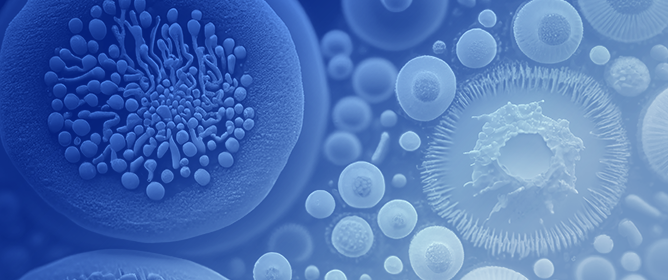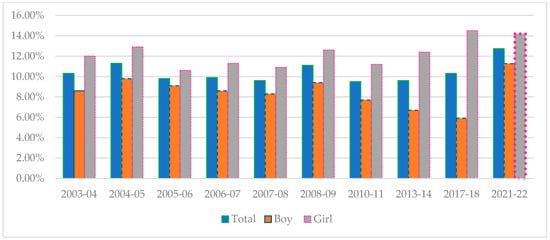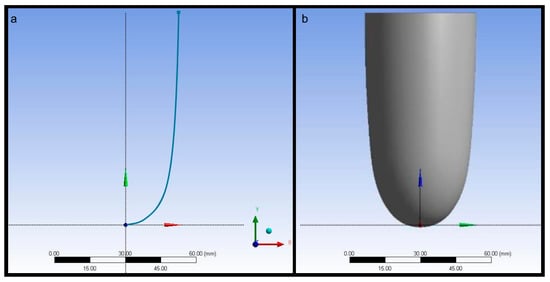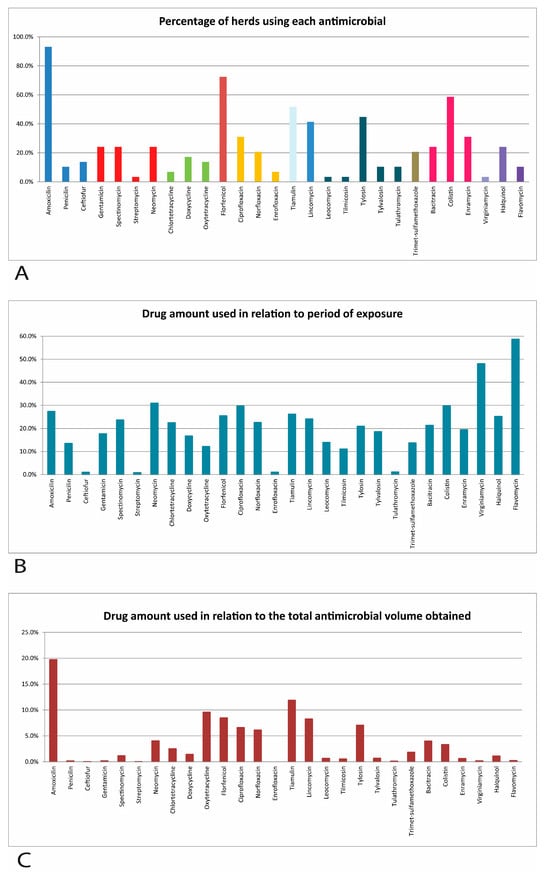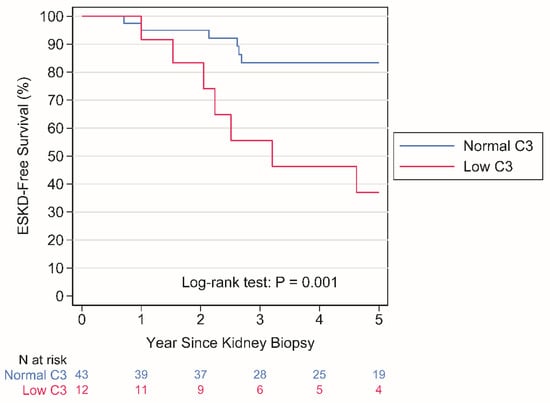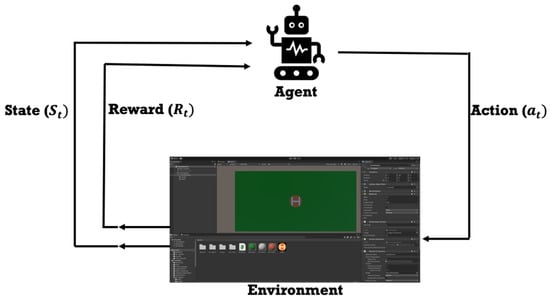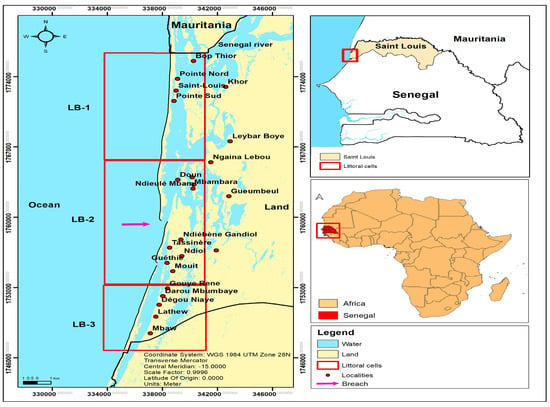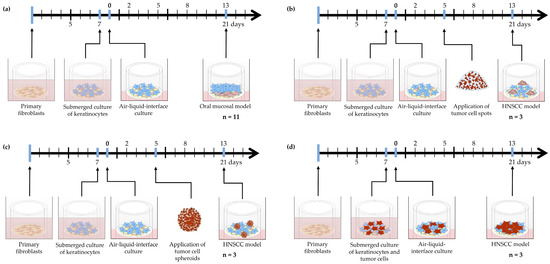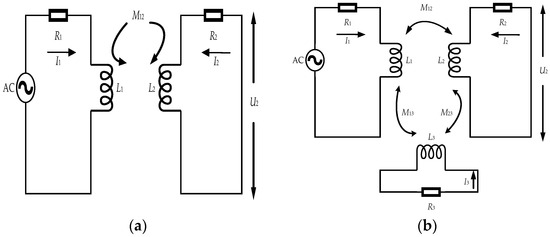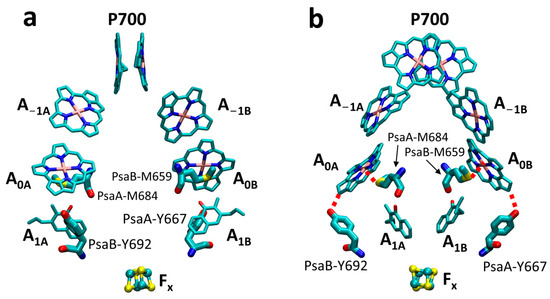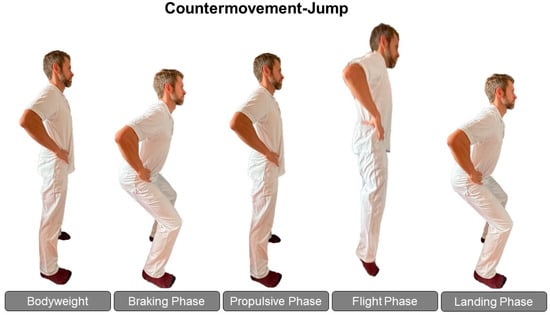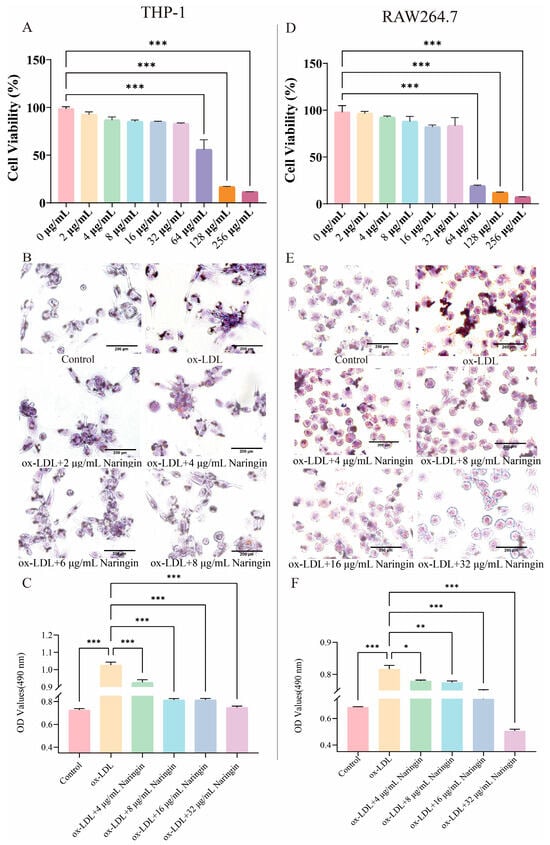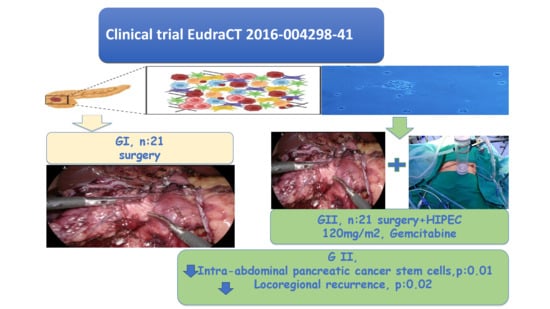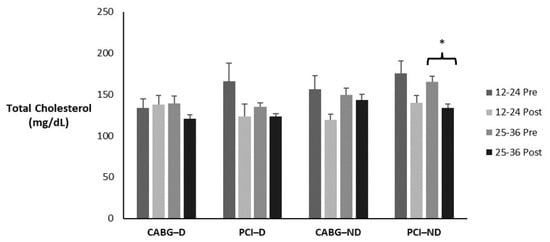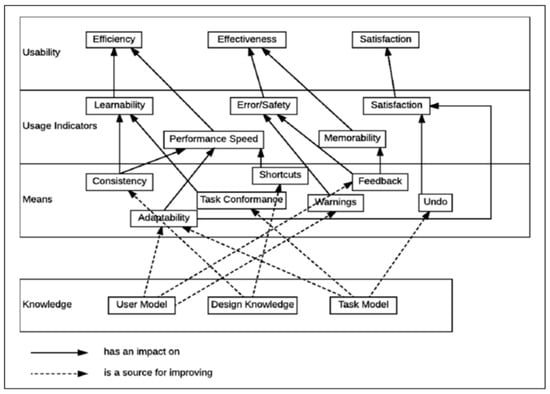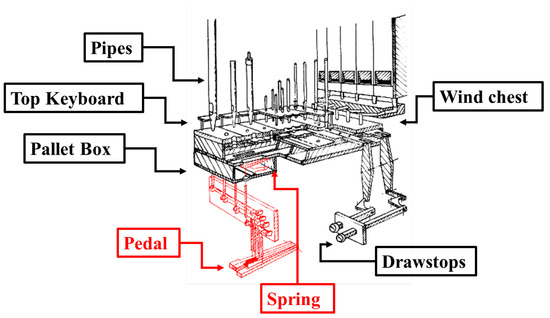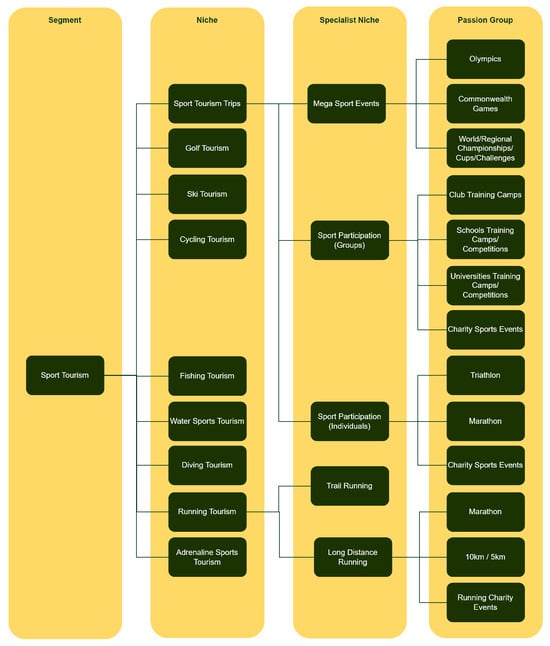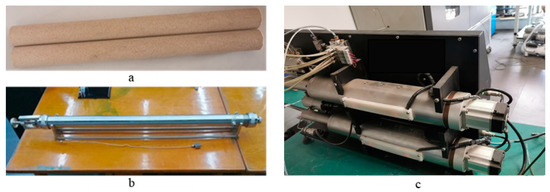Owing to its unique physical and socio-economic characteristics, the Saint Louis region stands out as one of the most susceptible areas in Senegal to the adverse impacts of coastal erosion. The dynamics of erosion in this region are significantly influenced by the Langue de Barbarie (LB), a sand spit formed at the mouth of the Senegal River. Initially, in 2003, a 4 m wide artificial breach was strategically introduced to mitigate flooding; however, sediment dynamics expanded it to 6 km by 2020, thereby affecting the entire region. This study delves into the coastline change of the LB, specifically divided into three zones (LB-1, LB-2, and LB-3), spanning the period from 1994 to 2042. Leveraging Geographic Information System (GIS) and remote sensing techniques, our investigation reveals that, prior to the breach’s creation, the average dynamic coastline rates in zones LB-1, LB-2, and LB-3 were estimated at 4.4, 5.9, and 4.4 m/year, respectively. Subsequent to the breach, these rates shifted to −1.2, 8.4, and −2.7 m/year, with the most significant erosion observed alongshore of LB-3 at −6.6 m/year during the period 2002–2012. Projecting into 2032, LB-1 and LB-3 are anticipated to experience erosion rates of −11.5 and −26.8 m/year, respectively, while the LB-2 records an estimated accretion rate of 8.41 m/year. Eroded areas are expected to total 571,458 m
2, while accumulated areas are expected to total 67,191 m
2. By 2042, zones LB-1, LB-2, and LB-3 are expected to experience erosion rates of −23 and −53.6 m/year, resulting in the erosion of 1,021,963 m
2 and the accumulation of 94,930 m
2 with a dynamic rate of 168.2 m/year in zone LB-3. These results have significant implications for solving the urgent issue of coastal erosion in LB.
Full article
 IJMS
IMPACT
IJMS
IMPACT Applied Sciences
IMPACT
Applied Sciences
IMPACT Sustainability
IMPACT
Sustainability
IMPACT Sensors
IMPACT
Sensors
IMPACT JCM
IMPACT
JCM
IMPACT Energies
IMPACT
Energies
IMPACT Molecules
IMPACT
Molecules
IMPACT Materials
IMPACT
Materials
IMPACT Remote Sensing
IMPACT
Remote Sensing
IMPACT Cancers
IMPACT
Cancers
IMPACT Electronics
IMPACT
Electronics
IMPACT Mathematics
IMPACT
Mathematics
IMPACT Foods
IMPACT
Foods
IMPACT Buildings
IMPACT
Buildings
IMPACT Plants
IMPACT
Plants
IMPACT Nutrients
IMPACT
Nutrients
IMPACT Animals
IMPACT
Animals
IMPACT Polymers
IMPACT
Polymers
IMPACT Water
IMPACT
Water
IMPACT Diagnostics
IMPACT
Diagnostics
IMPACT Biomedicines
IMPACT
Biomedicines
IMPACT Agronomy
IMPACT
Agronomy
IMPACT Microorganisms
IMPACT
Microorganisms
IMPACT Processes
IMPACT
Processes
IMPACT Healthcare
IMPACT
Healthcare
IMPACT Forests
IMPACT
Forests
IMPACT Cells
IMPACT
Cells
IMPACT JMSE
IMPACT
JMSE
IMPACT Medicina
IMPACT
Medicina
IMPACT Viruses
IMPACT
Viruses
IMPACT Agriculture
IMPACT
Agriculture
IMPACT Nanomaterials
IMPACT
Nanomaterials
IMPACT IJERPH
IJERPH
 Land
IMPACT
Land
IMPACT Pharmaceutics
IMPACT
Pharmaceutics
IMPACT Pharmaceuticals
IMPACT
Pharmaceuticals
IMPACT Religions
IMPACT
Religions
IMPACT Biomolecules
IMPACT
Biomolecules
IMPACT Life
IMPACT
Life
IMPACT Micromachines
IMPACT
Micromachines
IMPACT Atmosphere
IMPACT
Atmosphere
IMPACT Antioxidants
IMPACT
Antioxidants
IMPACT Genes
IMPACT
Genes
IMPACT Metals
IMPACT
Metals
IMPACT Symmetry
IMPACT
Symmetry
IMPACT Children
IMPACT
Children
IMPACT Coatings
IMPACT
Coatings
IMPACT Vaccines
IMPACT
Vaccines
IMPACT Horticulturae
IMPACT
Horticulturae
IMPACT Education Sciences
IMPACT
Education Sciences
IMPACT Minerals
IMPACT
Minerals
IMPACT Brain Sciences
IMPACT
Brain Sciences
IMPACT JPM
IMPACT
JPM
IMPACT Bioengineering
IMPACT
Bioengineering
IMPACT



